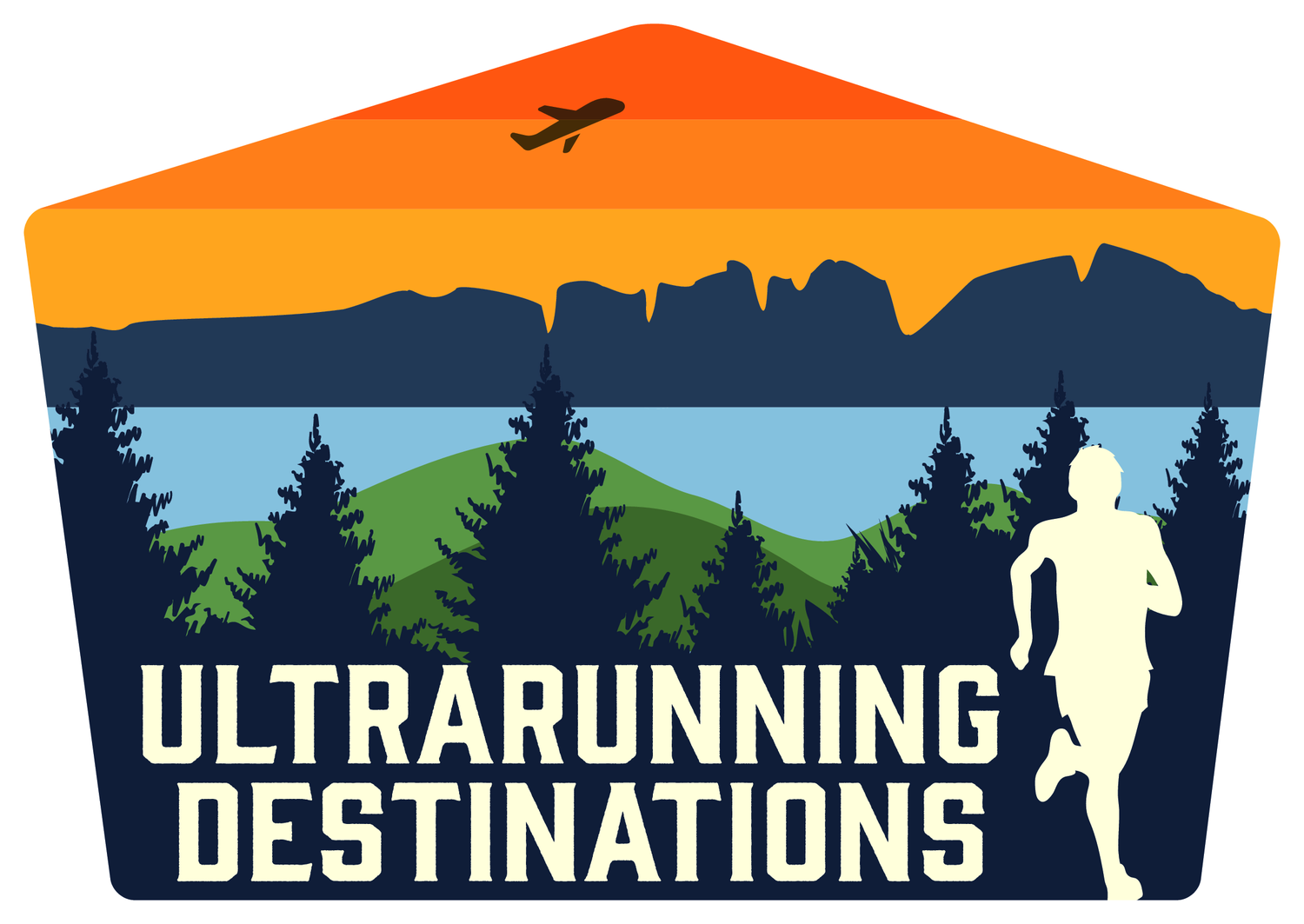5 Ultrarunning books that will make you a better ultrarunner and adventurer
This isn’t your normal list of ultrarunning books, since many of them are not directly related to ultrarunning. However, these are books that have either inspired me or have been key inputs to my process of running, traveling, and solo exploring. Each book is reviewed in the context of a key inspiration, principle, or technique that has formed my ultrarunning foundation.
1. Set goals
Full disclosure, this book is mine, but it is only possible because of my training technique, which is to never be without a goal. Finding motivation in the absence of a goal or purpose is very difficult. My personality demands that I am completing tasks or raising the bar above what I’ve already done. Ultrarunning Europe is a chronicle of my travels to nearly every country in Europe where I planned out an ultra running weekend made up of either long distance, large elevation gains, or extreme weather. Sometimes all three. Through these stories, I hope others are inspired to plan their own adventures by seeing what is possible, as well as getting ideas since it took countless hours to find long distance trails suitable for running and accessible to busy people.
2. Weight Management and Lean Muscle Mass Development
There is no way to get around the fact that the less you weigh, the less effort you will have to exert when running an ultra, especially one with thousands of feet / meters of elevation gain. This book was instrumental in dropping my “walking around weight” to the low 160s / 72.5kgs from the mid 170s / 77 kgs. By adopting his guidelines for a diet, I could lose weight but not feel starved or unsatisfied. Also, while cutting the weight, I still increased my lean mass through principles in this book. Lean mass is what you should strive to develop, as a level of strength is very beneficial since strong quads protect your knees on the downhills and also make the uphills take less effort. When running with a heavy pack of 10-15 pounds / 4.5-6.8 kgs, upper body strength, especially the back and shoulders, is critical to reduce the fatigue you feel late in the race from a heavy pack.
3. Risk Management and Self Rescue
This book helped me formulate my own views on risk taking and the responsibility we take when venturing out alone on a trail. I picked this book up while preparing for the Presidential Traverse of the White Mountains and didn’t expect it to have such a profound impact on my thinking. A critical point is that you should never be afraid to call for help if your life is in danger, but you should be prepared to “self-rescue”. Self-rescue means that your gear setup is based on preparing for the worst, and you haven’t ventured beyond your own ability level to get yourself out. The key point to guide your thinking is that you never want to put others at risk to rescue you. This book goes into extreme detail about the amazing professionals and volunteers who risk their lives to save others, and the mistakes made by adventures that often had very tragic endings.
The book itself is hard to put down, given the suspense from each story. The authors provide a lot of detail for why many of these tragedies occurred as well as the impact on the rescuers. I learned a lot from it and think it should be required reading for any ultrarunner, especially those who head into the mountains, no matter where in the world they are running.
4. Maintaining the Discipline to Train and Going Beyond Your Perceived Limits
Alternate title : Getting comfortable with being uncomfortable
This review focuses on two books, both revolving around David Goggins. As a former US Navy SEAL, Goggins is no stranger to pushing the limits of mental and physical endurance. In his book, "Can't Hurt Me," Goggins chronicles his transformation from an unmotivated, out of shape, and overweight individual to a member of one of the world's most elite forces. His stories seem outlandish, but are testimony to the limits of human endurance and suffering. Mind over matter is cliche, but it is what Goggins lives.
In the second book, "Living with a SEAL," the author Jesse Itzler shares his personal experiences while embarking on a journey of embracing discomfort and achieving the unimaginable under Goggins' guidance. Through his experience with Goggins, he learns how to develop mental toughness and build physical fitness through the intense, unyielding routine that Goggins sets for him.
Through these two stories, we all can find inspiration to overcome challenges and strive for going beyond the normal, just as Goggins himself has done. Both books offer invaluable insights into the power of resilience and determination. But maybe more simply said, learn to get comfortable with uncomfortable, since that is a lot of what ultrarunning running and solo exploring is made up of.
5. Reconciling the Why
It’s a common question, and one that isn’t easy to answer. Besides the question, “How do your knees feel?”, where my response is, “just fine”. The next question is “Why do you do it?”, followed up by them saying, “I don’t even like to drive 30 miles”. Brendan Leonard, author of the website Semi-Rad, provides a great perspective on “the why”, and maybe some thoughts for how to answer the question, “Why do you do it?”
Brendan’s book captures the essence of the running journey, exploring the motivations and reasons that encourage people to take on their personal running challenges. By sharing Brendan's and other runners' stories, the book highlights the common struggles we all face in finding motivation in our lives. We're often confronted with obstacles, distractions, and the belief that we're too busy to make time for what we love.
I connected with many of the specific stories shared in this book. The book emphasizes every runner has their own unique story and reasons for running, and Brendan explores these perspectives.
Brendan has a lot of other insightful books you can find here.











